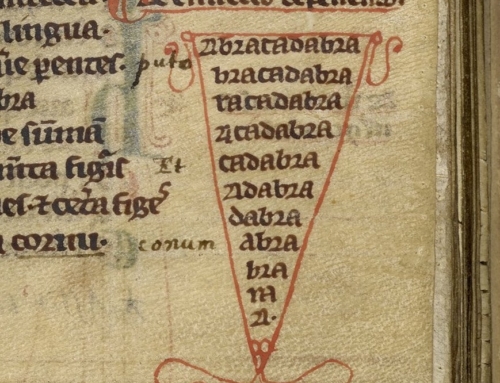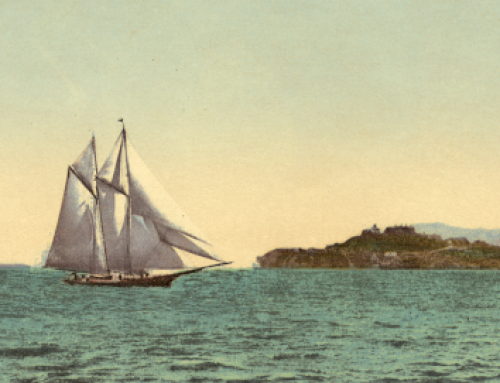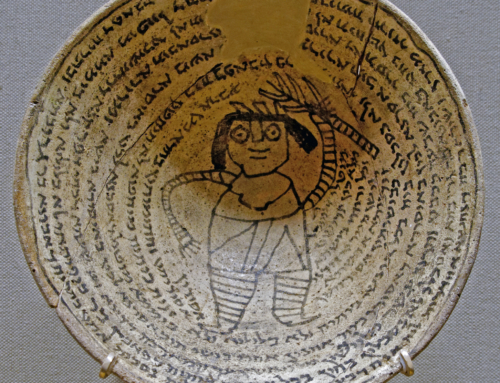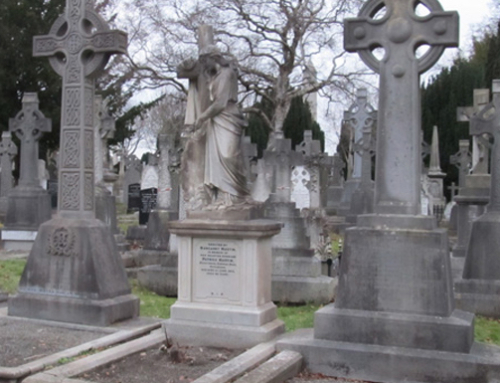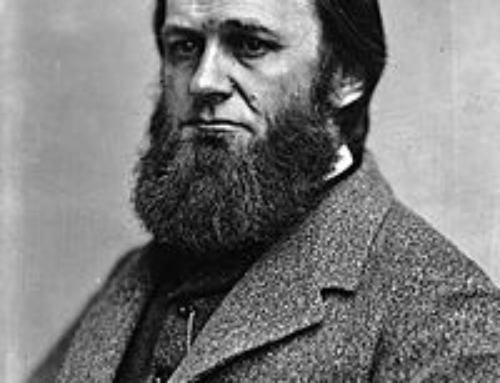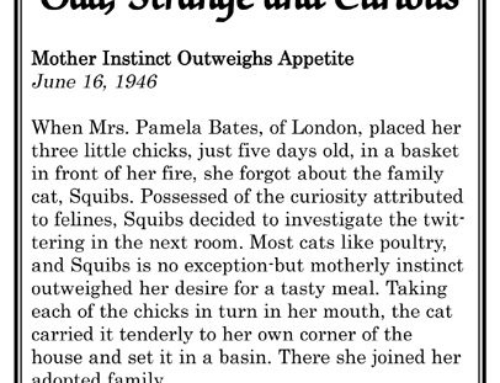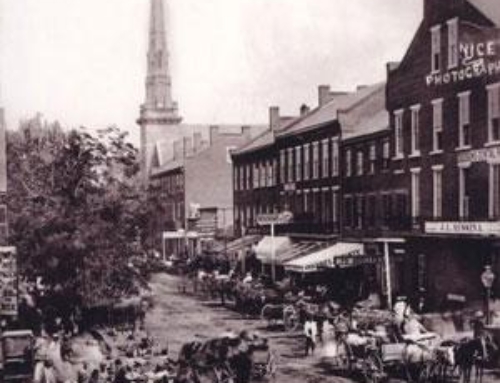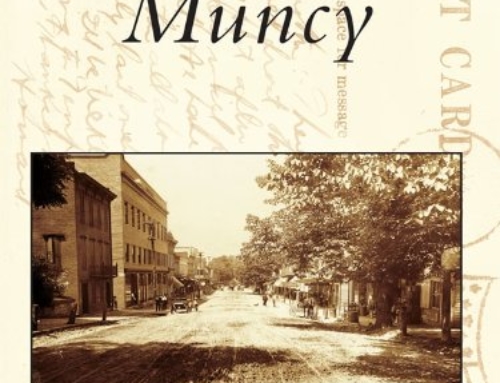Make room on the shelf for another book about local history. Written by author Robin Van Auken and published by Ogden Newspapers, the parent company of the Williamsport Sun-Gazette, “Sunday Grit: A Newspaper Legacy” is the fourth volume in a limited edition, commemorative series about area newspapers.
Richly illustrated, the new 136-page book features nearly 200 images, many never seen before.
Van Auken traveled to Grit headquarters in Topeka, KS, and acquired hundreds of historic photographs and memorabilia that were saved when the newspaper sold. Although Grit still exists and is published by Ogden, the glossy magazine targets a rural audience. Grit publisher Bryan Welch returned the photographs to Williamsport for the Sun-Gazette to curate and incorporate into its current collection.
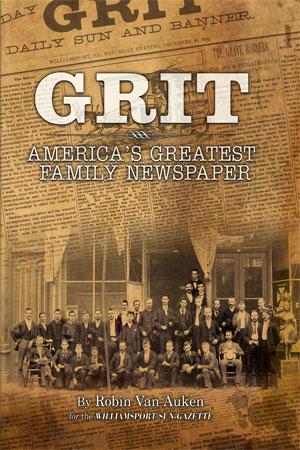 Readers of “Sunday Grit” will enjoy the dozens of newly discovered photographs that form a virtual tour of the company and its employees during the early 1900s, as well as local news stories, advertisements, and interesting features. Reminisce with beloved features like Odd, Strange and Curious, Aunt Beth’s Chat, the Golden Rule Club and Do You Remember?
Readers of “Sunday Grit” will enjoy the dozens of newly discovered photographs that form a virtual tour of the company and its employees during the early 1900s, as well as local news stories, advertisements, and interesting features. Reminisce with beloved features like Odd, Strange and Curious, Aunt Beth’s Chat, the Golden Rule Club and Do You Remember?
For more than 100 years, the weekly newspaper delivered news, features, fiction, coupons, and comics to families across the nation. One million children have sold “Grit,” some for a few weeks, some for several years. Many look back with satisfaction on the experience when, as young entrepreneurs, they knocked on the doors of small-town homes and were welcomed with a smile and a dime for a weekly edition of homespun good news.
In addition to the national Sunday edition, “Grit” also recorded local timely events and celebrated family and community through good times and bad. Many of its stories and photographs are endearing and touching portraits that have chronicled the region’s progress and misfortune.
The newspaper’s origins were as a Saturday edition of the “Daily Sun and Banner” published in 1882 in Williamsport. It was a short-lived venture, however, and in less than two years, Dietrick Lamade bought the enterprise. A typical “Horatio Alger-type,” he sought and found opportunity in the creation of one of the miracles of modern publishing.
Lamade was born in Gehlhausen, Germany, one of nine children of Johannes and Caroline Lamade. His family moved to Williamsport where, on Jan. 1, 1869, Johannes Lamade died from typhoid fever. The day after his funeral, his widow bore their ninth child. At the age of 10, Dietrick Lamade, along with his older brothers and sister, quit school to support the family and worked as an errand boy for several years. At the age of 13, Lamade began working in the office of “Beobachter,” a local German-language publication. He earned $3 per week.
In 1882, Lamade went to work for the “Daily Sun and Banner” as its advertising compositor and assistant composing room foreman. There he typeset the first head for “Grit.” Two years later, he left the “Sun and Banner” to help revive “The Times,” a weekly publication that was scheduled to become a daily. Its owner, however, lacked the money to continue.
Now 25 and unemployed, Lamade had a wife and two children to support. He later recalled this as the first time he envisioned the opportunity of his life. Lamade gambled, and with two partners and a combined investment, bought the name “Grit” from the “Sun and Banner” to use for his new publication.
The first year of “Grit” was one of adversity and uncertainty. The newspaper owed more than it was worth and seven business partners came and went. Lamade did not lose faith. He knew that he would have to improve the newspaper’s circulation (then about 4,000) if the paper were to survive.
Lamade interested new subscribers with contests and drawings. He traveled throughout Northcentral Pennsylvania, using a lottery to stimulate statewide circulation. He convinced store owners and newsagents to carry the publication, and his tireless efforts more than doubled circulation. His dedication saved the newspaper.
By 1886, “Grit” boasted a weekly circulation of 14,000, and all of its bills were paid in cash. With a $400 surplus, Lamade and his partners shook hands, patted themselves on their backs and gave themselves raises from $12 to $15 a week.
“Grit” moved into its new home at the corner of Williams and West Third streets in 1891. Circulation averaged 53,000 copies weekly in most states east of the Mississippi. Lamade began using direct mail and hired newsboys throughout the country to sell the paper. By the start of the 20th century, circulation reached 100,000 and then tripled by 1916. By the late 1970s, its circulation was more than 1.2 million.
“Grit” thrived on Lamade’s concept of “good news,” and by appealing to small-town American traditions. He once said, “Wherever possible, suggest peace and goodwill toward men. Give our readers courage and strength for their daily tasks.
Put happy thoughts, cheer, and contentment into their hearts. By such a course we can do much to improve the minds and lives of the millions of people who read ‘Grit’ every week, and bring them a higher realization of their duties in life.”
The unity of thought, purpose, and effort that existed between “Grit” and its employees are found in a few industries. From the first day that Lamade acquired “Grit,” he never overestimated himself. He gathered about him the best men and women, calling them his “Grit” Family. Growing from three employees (himself included) to more than 250 in its Williamsport office, plus hundreds of correspondents and thousands of delivery boys and girls nationwide, Lamade’s newspaper never reduced wages and never missed a payday for any of its employees (even during its infancy and the Great Depression).
“Sometimes we had to borrow the money back again from the men to operate the business,” Dietrick once said, “but we never really missed a payday.” “Grit,” he added, “did not simply grow of its own accord. No one works for Grit. We all work with Grit.”
‘Grit’ Continues
The little newspaper that could, “Grit” gained its popularity by appealing to small-town Americans. It remained under the management of the Lamade family for most of its run. Lamade died on October 9, 1938, at the age of 79, a beloved figure mourned by many, and his descendants remain prominent today in Williamsport. His son George R. Lamade, then general manager of “Grit,” became its president. Another son, Howard J. Lamade, served as vice president and secretary. Four grandsons also were in the business. “Grit” became a tabloid January 2, 1944, and color made its first appearance in the Family Section on July 21, 1963.
Production costs spiraled, and circulation dwindled, and in 1990, the Lamade family sold “Grit” to Stauffer Communications of Kansas. The publication’s format changed to become a monthly magazine. Then, in 1994, Morris Publishing purchased it. In 1996, it became a holding of Ogden.
“Grit” is a nationally distributed magazine distributed every other month to approximately 100,000 customers. It continues to appeal to its largely small-town readers with positive, human-interest stories. Readers continue to submit its features, which include articles about gardening, hobbies and crafts, inspirations, unsung heroes, unique retirement pastimes, travel, and pets. “Sunday Grit: A Newspaper Legacy” is available at the Williamsport Sun-Gazette.


